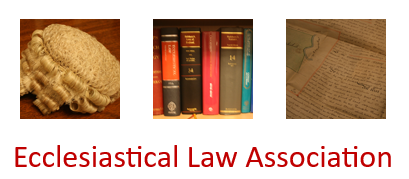The petitioners wished to redesign the north porch as the main entrance of the church and include the re-siting there of medieval statues of St. Peter and St. Paul, which had at various times been fixed at different positions both outside and inside the church. In 2015 the statues had been moved to a stonemason’s workshop as a place of safety, and we’re currently at a conservationist’s workshop. The Society for the Protection of Ancient Buildings objected to the placing of the statues inside the north porch: they should be placed in the external niches above the (now redundant) south porch door, where they had once been fixed. The Chancellor determined that, for reasons of (inter alia) security, visibility and protection from weathering, the statues would be better placed in the refurbished south porch. The Chancellor granted a faculty for these and all the other proposed works.

